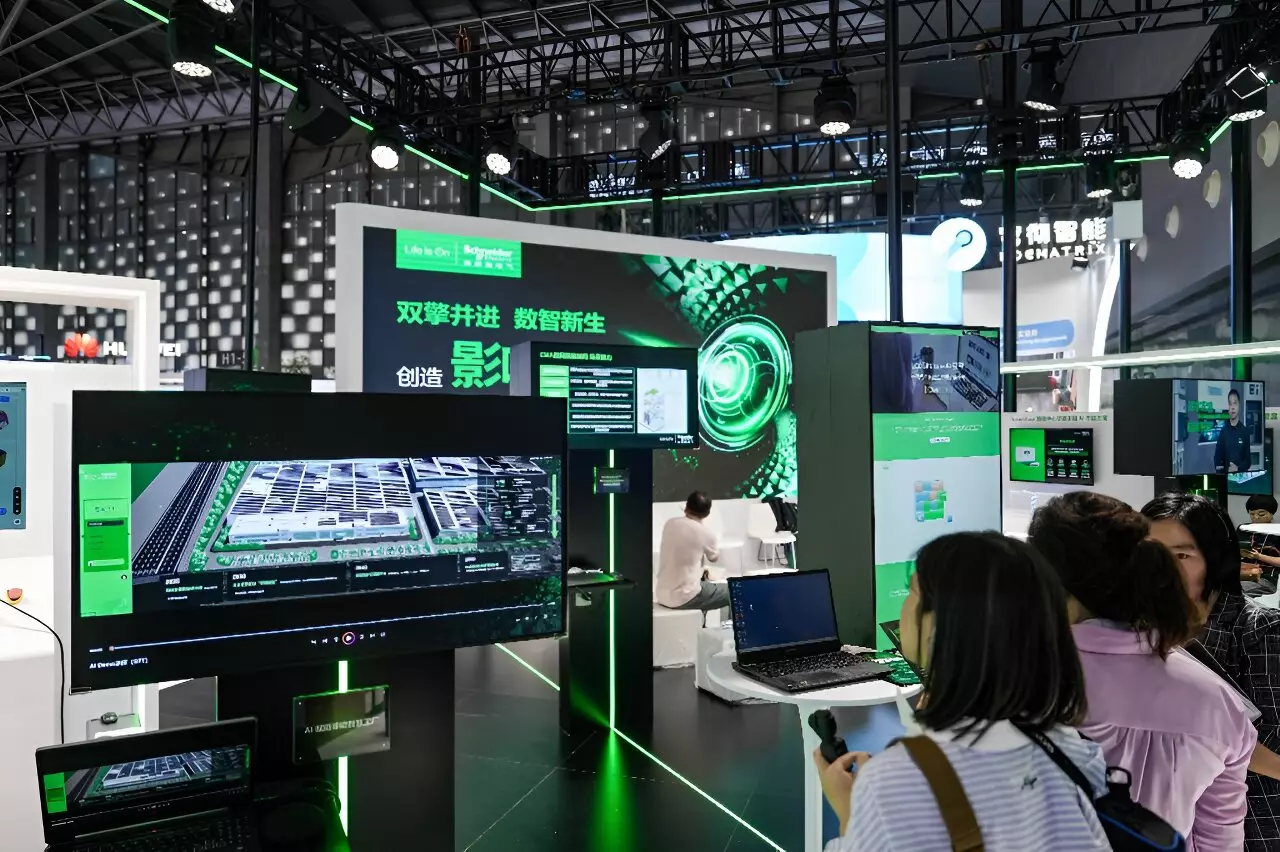As artificial intelligence becomes intertwined with daily life, a pressing concern emerges regarding its contribution to the global energy crisis. The development and deployment of generative AI technologies, such as ChatGPT and Midjourney, come at a significant environmental cost. Research spearheaded by Dr. Sasha Luccioni, a Canadian computer scientist and environmental advocate, highlights that generative AI utilizes 30 times more energy than traditional search engines. This stark comparison raises critical questions about the sustainability of deploying AI in a world already grappling with climate change.
Dr. Luccioni’s work has gained attention worldwide, particularly after her recognition as one of the 100 most influential people in AI by Time magazine in 2024. She emphasizes the urgency of understanding the ramifications of AI on our ecosystems. While AI promises unparalleled advancements in various sectors, the energy footprint associated with training and operating these models is a cause for alarm. The International Energy Agency’s report indicating that the combined sectors of AI and cryptocurrency consumed nearly 460 terawatt hours of electricity in 2022 underscores this challenge, representing two percent of the total global energy production.
Generative AI operates fundamentally differently than traditional search engines, which merely access existing information. Instead, these AI systems generate new content based on vast datasets, demanding extensive computational resources. This energy-intensive process requires powerful servers and substantial electricity to fulfill user queries. Dr. Luccioni poignantly notes that while a search engine might retrieve factual data, generative AI creates new narratives, a function that escalates its energy consumption exponentially.
This revelation presents a paradox: the very technologies designed to enhance human productivity and creativity could simultaneously accelerate the climate crisis. The growing gap between innovation and environmental stewardship becomes clearer as tech companies actively implement AI in various applications, from customer service bots to automated content generation.
To address this environmental dilemma, Dr. Luccioni has been at the forefront of initiatives aimed at quantifying the carbon footprint of AI applications. One of her significant contributions is the development of CodeCarbon, a tool that enables developers to estimate the carbon emissions associated with their code. This platform is not merely a theoretical exercise; it has been downloaded over a million times, reflecting a robust demand for accountability in the tech community.
Dr. Luccioni also advocates for a certification system akin to energy efficiency ratings for household appliances. The proposed feedback mechanism would provide transparency regarding the energy consumption of AI products, empowering users and developers to make informed decisions. Such an initiative could lead to a shift toward practices that prioritize sustainability, emphasizing energy efficiency as a critical factor in AI development.
However, gaining access to proprietary models from major corporations like Google or OpenAI remains a hurdle. Despite pledges from these tech giants to achieve carbon neutrality, their greenhouse gas emissions have continued to rise—Google’s emissions climbed by 48% compared to 2019 figures, while Microsoft’s increased by 29% since 2020. Dr. Luccioni’s call for transparency becomes increasingly urgent as these companies continue to expand their AI offerings.
Dr. Luccioni points out that governments currently lack a clear understanding of how AI systems are developed and the datasets they utilize. She asserts that transparency is essential for effective legislation. Before governments can regulate AI technologies, they must first comprehend the environmental impacts and the intricacies of algorithm training.
Moreover, there is a fundamental need to educate the public about the capabilities and limitations of generative AI, alongside its environmental costs. In a recent study, Dr. Luccioni demonstrated that generating a high-definition image using AI requires as much energy as fully charging a smartphone battery. Such data can serve as a valuable reference point for both consumers and corporations as they navigate the evolving landscape of AI.
The future of AI should not be about choosing between technology and sustainability; instead, it should revolve around making responsible choices about how to harness these tools. Dr. Luccioni advocates for an approach grounded in “energy sobriety,” which emphasizes the judicious use of AI technologies rather than opposing them outright.
As businesses and consumers increasingly gravitate toward incorporating AI into various facets of life, a more sustainable path must be forged—one that balances innovation with environmental considerations. The challenge lies not in rejecting the transformative potential of AI, but in ensuring that its deployment aligns with globally necessary sustainability measures. By prioritizing energy-efficient models and promoting transparency, society can tap into the benefits of AI while maintaining a commitment to protecting our planet.

